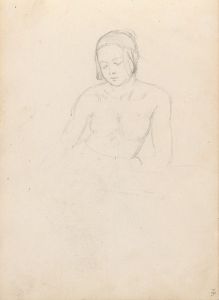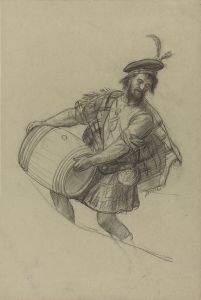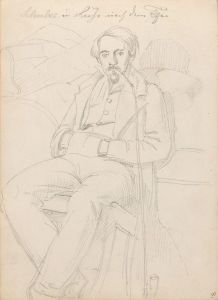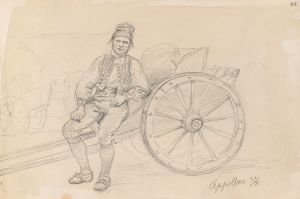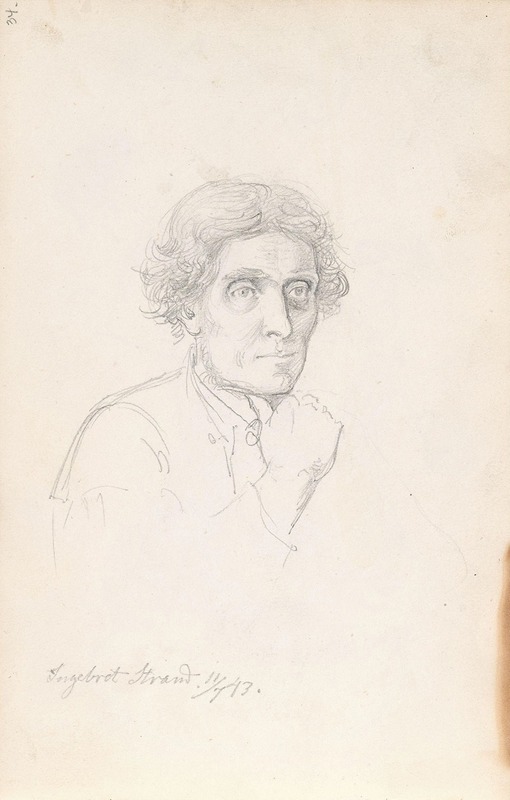
Ingebret Strand
A hand-painted replica of Adolph Tidemand’s masterpiece Ingebret Strand, meticulously crafted by professional artists to capture the true essence of the original. Each piece is created with museum-quality canvas and rare mineral pigments, carefully painted by experienced artists with delicate brushstrokes and rich, layered colors to perfectly recreate the texture of the original artwork. Unlike machine-printed reproductions, this hand-painted version brings the painting to life, infused with the artist’s emotions and skill in every stroke. Whether for personal collection or home decoration, it instantly elevates the artistic atmosphere of any space.
Adolph Tidemand (1814–1876) was a prominent Norwegian painter known for his contributions to the Romantic Nationalism movement in Norway during the 19th century. His works often depicted Norwegian folk life, traditions, and landscapes, reflecting the cultural identity of the nation during a time of growing national consciousness. Among his many notable works is the painting titled Ingebret Strand, which exemplifies his focus on rural life and Norwegian heritage.
Ingebret Strand portrays a scene rooted in Norwegian rural culture, capturing the essence of everyday life in the countryside. The painting is characterized by Tidemand’s attention to detail and his ability to convey the mood and atmosphere of the setting. His use of light and shadow, as well as his careful rendering of textures, brings the scene to life, showcasing his technical skill and deep understanding of his subject matter.
The painting reflects Tidemand’s broader artistic mission to document and celebrate the traditions and lifestyles of Norwegian peasants. During the 19th century, Norway was undergoing significant political and cultural changes, including a growing interest in national identity following its independence from Denmark in 1814. Artists like Tidemand played a crucial role in shaping and preserving this identity through their work. By focusing on rural life and traditional customs, Tidemand’s paintings became a visual record of a way of life that was rapidly changing due to modernization and urbanization.
While specific details about the creation of Ingebret Strand—such as the exact year it was painted or its current location—are not widely documented, the work is consistent with Tidemand’s broader oeuvre. His paintings often featured individuals in traditional Norwegian dress, engaged in activities that highlighted their connection to the land and their cultural heritage. This thematic focus resonated deeply with audiences of his time and continues to be celebrated as an important part of Norway’s artistic legacy.
Adolph Tidemand’s works, including Ingebret Strand, remain significant not only for their artistic merit but also for their role in preserving and promoting Norwegian culture. His paintings are housed in various museums and collections, with some of his most famous works displayed in the National Museum of Art, Architecture and Design in Oslo. Tidemand’s legacy endures as one of Norway’s most influential painters, whose art captured the spirit of a nation during a pivotal period in its history.





